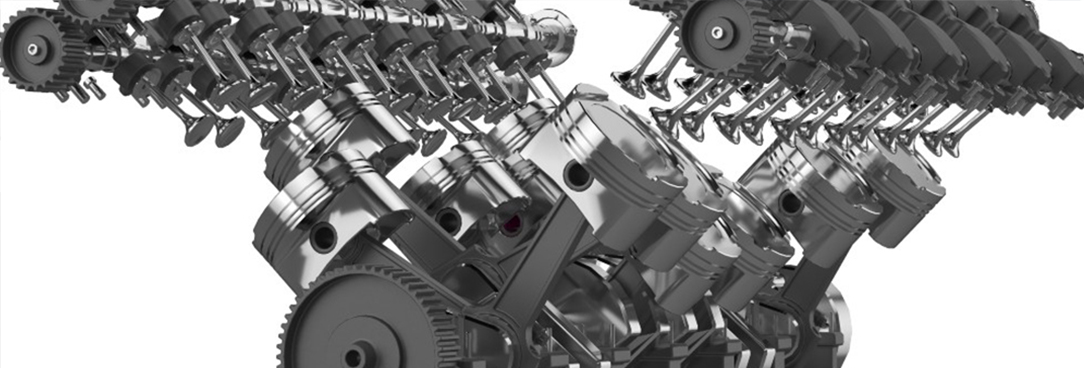
Author: Asa Letourneau
Online Engagement Officer
Under the hood of every classic car, you’ll find a powerful engine. You may never see it, but it’s there. So it is with the data that drives the increasingly powerful search behind the PROV collection, giving users lightning-fast results for any number of research topics. But what if you’d like to peek under the hood and see that data? You don’t need to be a car enthusiast to necessarily get excited by a Lamborghini engine. It’s a work of art. Nor should you have to be a mechanic to lift up the bonnet. Before we get onto that though let’s cover off a few basics. And a word of reassurance, you definitely do not need to be technically minded to understand this!
What is an API?
An Application Program Interface (API) is simply the way in which a website or application makes its data available to the rest of the world. And by the rest of the world, we mean people, other websites, and other applications. Twitter does this, Facebook does this, Museum Victoria, and now PROV does this. But what’s the point I hear you say? Well imagine you’d like to build a new webservice or app that uses PROV data, or maybe you’d like to download the raw data for your own research in one easy click of a mouse instead of trawling through thousands of website search results. Perhaps you’d like to build a webpage or app that searches across all of PROV’s photographic series and returns images in a neat grid that all link straight back to their catalogue entry. Maybe you want to download raw record data into a spreadsheet for future use? An API allows this.
But wait! There’s more!
Up until now to ‘talk’ to or query an API you needed to understand how the API works and speak its own particular language. But all that’s changed. With the help of a very talented developer, we’ve created a simple form or interface that will allow you to not only open the bonnet but reach deep into the data (i.e. the engine that drives the PROV collection search) and download it for your own purposes. Here’s a quick example:
Our Dawn
Imagine you’d like to find all the search data relating to records about Dawn Fraser from 30/11/1956 to 30/11/1957. Now, this may be data relating to records from photographic collections or any other series mentioning the world-famous swimmer. In the old days you’d need to construct an API query like this to get the record raw data.
https://api.prov.vic.gov.au/search/query?wt=xml&q=(text%3A"dawn fraser") AND (iiif-manifest%3A(*))
With the new PROV API query builder all you need to do is fill in a simple web form with a keyword (i.e <dawn fraser>), a date range, and hit the search button. The rest is quite literally, history.

To see the search results yourself just click on the query URL that the form creates:https://api.prov.vic.gov.au/search/query?wt=xml&q=(text%3A"dawn fraser") AND ((record_form%3A"Photograph or Image")) AND (start_dt%3A[1956\-11\-30 TO *]) AND (end_dt%3A[* TO 1957\-11\-30]) AND (iiif-manifest%3A(*))
Looking at these results you’ll notice raw data relating to series, title, description, format, location and even the URL of the image if the record has been digitised.
Now there’s more you can do with the API query builder but that’s the basics covered. Have a go at using it here
https://prov.vic.gov.au/prov-collection-api
If you click on the field headings, you’ll see a helpful tip about what to put in the field. Just click the heading again to make the tip disappear. Have fun looking under the hood!
Material in the Public Record Office Victoria archival collection contains words and descriptions that reflect attitudes and government policies at different times which may be insensitive and upsetting
Aboriginal and Torres Strait Islander Peoples should be aware the collection and website may contain images, voices and names of deceased persons.
PROV provides advice to researchers wishing to access, publish or re-use records about Aboriginal Peoples
